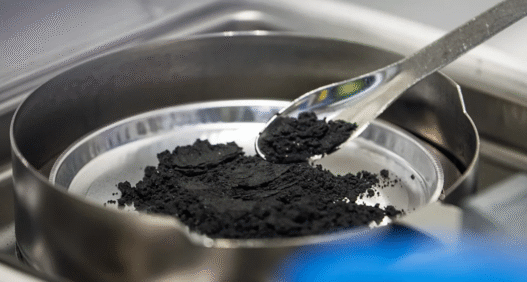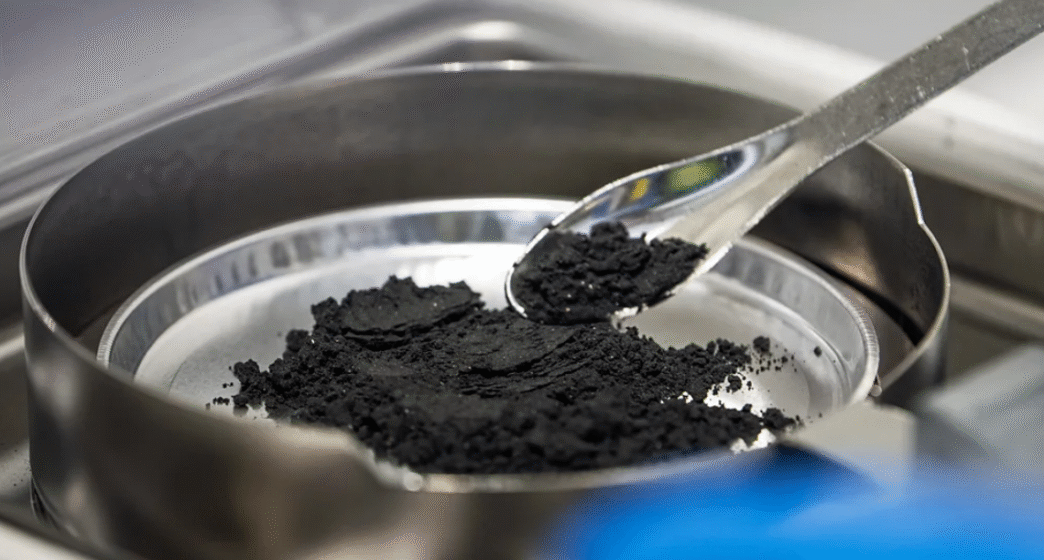As electric vehicles surge in popularity, with nearly one in five cars sold in 2023 being electric, a crucial challenge emerges: what happens to their batteries when they reach end-of-life? Innovative companies like Altilium are pioneering solutions that transform these complex power cells from environmental hazards into valuable resources.
In Altilium’s laboratory in Tavistock, England, scientists work with a mysterious substance called “black mass” – the result of pulverized batteries reduced to particles less than a millimeter across. This dark powder contains the key to sustainable EV production: precious materials including lithium, nickel, cobalt, and graphite.
“We have to remove that myth that batteries go to landfill,” says Christian Marston, President and Chief Operating Officer of Altilium. As EVs age and their batteries deteriorate, recycling prevents toxic materials from contaminating the environment while reclaiming valuable minerals.
The Recycling Challenge
EV batteries are notoriously difficult to recycle due to their complex structure. Each battery consists of cathode and anode components wrapped together in extremely thin layers. The anode typically contains graphite, while the cathode houses various metals including nickel, lithium, and cobalt – all of which are valuable but hazardous.
Traditional recycling methods involve pyrometallurgy, a high-temperature process that generates significant emissions. Altilium’s approach uses a more environmentally friendly water-based system called hydrometallurgy. The process begins with soaking the black mass in sulfuric acid to extract graphite, which can then be sold back to battery manufacturers.
The remaining acidic solution contains dissolved metals. By carefully adjusting acidity levels, less valuable metals like aluminum, copper, and iron precipitate out as gray powder, potentially usable as filler for building materials. The truly valuable metals – nickel, cobalt, and manganese – are then extracted individually using kerosene and specialized chemicals.
Creating a Circular Economy
According to research from the International Energy Agency, by 2040, recycling could supply over half the lithium and nickel needed for EV batteries. This circular approach reduces dependence on mining, which often damages ecosystems and threatens human health.
“The current lithium-ion battery recycling market is still in a very early industrial stage,” notes Xiaochu Wei, a battery recycling researcher at Imperial College London. However, progress is accelerating as companies recognize both the environmental and economic potential.
Environmental benefits aside, battery recycling also addresses geopolitical concerns. Critical minerals for EV production are often concentrated in specific regions – over half the world’s nickel comes from Indonesia, while two-thirds of cobalt is sourced from the Democratic Republic of Congo, both countries with ongoing human rights concerns related to mining.
“The future economies will be the ones which control the critical minerals,” explains Marston. For countries lacking domestic mineral resources, recycling existing batteries becomes a matter of energy security and economic strategy. Instead of sending batteries abroad for processing, domestic recycling adds value and jobs to the local economy.
Visit our homepage for more coverage of sustainable technology innovations changing our world.
Scaling Up for Impact
The challenge for recycling companies now is scaling operations. Altilium is commissioning a larger plant designed for continuous operation, with plans for two progressively larger facilities if successful.
“If we do battery recycling at scale, we have confidence that we can produce a material which is around 20% lower cost than commercial material,” says Marston. Their ambitious goal is to process approximately 150,000 EV batteries annually.
As government policies increasingly encourage recycling – such as the European Union’s 2023 Battery Regulation introducing stringent requirements beginning in 2025 – the industry appears poised for significant growth. With electric vehicle adoption accelerating worldwide, battery recycling will be essential for creating truly sustainable transportation solutions.




















